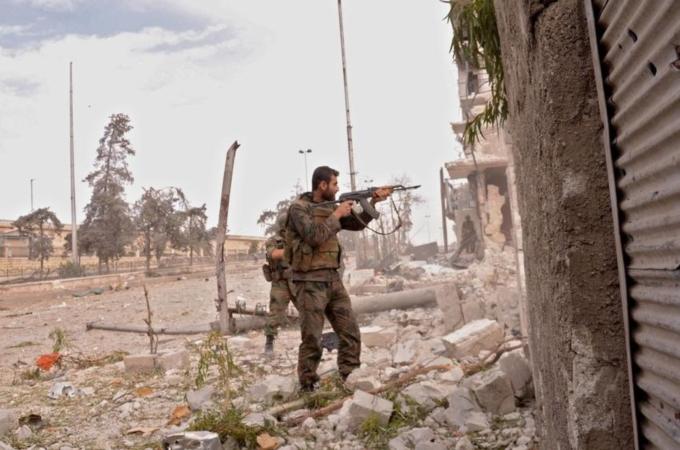By Irving Feng
Impunity Watch Reporter, Asia
Dhaka, Bangladesh – A recent Human Rights Watch (HRW) report alleges that tanneries in Bangladesh’s capital, that produce luxury leather goods sold around the world, are poisoning workers.

In Dhaka’s slum neighborhood of Hazaribagh, the tightly packed tanneries boast untreated waste water, which contains chemicals like sulfuric acid, chromium and lead as well as animal flesh. The deadly cocktail of untreated waste water flows freely into open gutters near the tanneries which meanders its way through the city and into the city’s main river.
The tanneries employ roughly 15,000 workers including children as young as 11 years old. The HRW report alleges a health and safety crisis that exists among the workers and their families. Workers have contracted a host of health problems due to their occupation including a multitude of skin diseases, respiratory illness, diarrhea, and amputations caused by the operation of dangerous machinery.
Workers that were interviewed, like Sumon a 23 year old leather worker, reported shallow coughs and stabbing chest pains, most likely due to his exposure working at the tanneries. He also reports that when he first started working at the tanneries, the fumes of the chemicals made him so ill he could not eat for 2 months, but now, the fumes don’t even register with him anymore. Sumon believes that his occupation is hazardous to his health, but he has no choice because he is from an impoverished background.
Richard Pearshouse, author of the HRW report, saw firsthand how the residents of Hazaribagh lived. Residents were reportedly bathing in black ponds in the slum neighborhood. Young children employed in the tanneries were operating dangerous industrial machinery, cutting hides with sharp razor blades, and exposed to hazardous chemicals as they soaked hides.
Local authorities have allegedly ignored labor and environmental laws as well as court orders to clean up their acts. The government’s hands off approach in the Hazaribagh area that houses approximately 90% of the tanneries in Bangladesh has created a dangerously unsafe environment teeming with hazardous chemicals.
Syeda Rizwana Hasan of the Bangladesh Environmental Lawyers Association has attempted to alert the proper authorities of the state Hazaribagh is in without any luck of swaying the government into taking action. The government has alleged that there is a possible plan being devised to relocate the tanneries out of the slum neighborhood. It is believed, however, that the government is delaying this process due to pressure from the tannery owners.
The Hazaribagh tanneries and the leather industry in Bangladesh have emerged as a major source of economic wealth in the country. Though the country is still highly impoverished, the leather goods industry has helped make a dent by hauling in an estimated $663 million in 2011. The chief importers of Bangladeshi leather are China, South Korea, Japan, Italy, Germany, Spain and the United States.
For further information, please see:
Accessories Magazine – Human Rights Group Warns of Toxic Leather Tanneries in Bangladesh – 9 October 2012
The Chicago Tribune – Photos: Toxic tanneries drive Bangladesh leather exports: report – 9 October 2012
Reuters – Toxic tanneries drive Bangladesh leather exports: report – 9 October 2012
The Times of India – Bangladesh: Tanneries harm workers, poison communities – 9 October 2012
Zee News – Bangladesh tanneries spew pollution, says report – 9 October 2012
The Himalayan – Workers pay high price at Bangladesh tanneries – 18 February 2011


